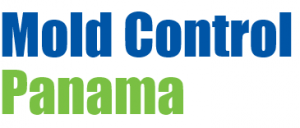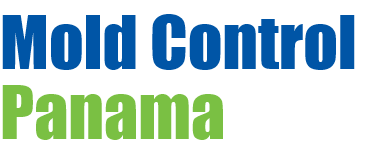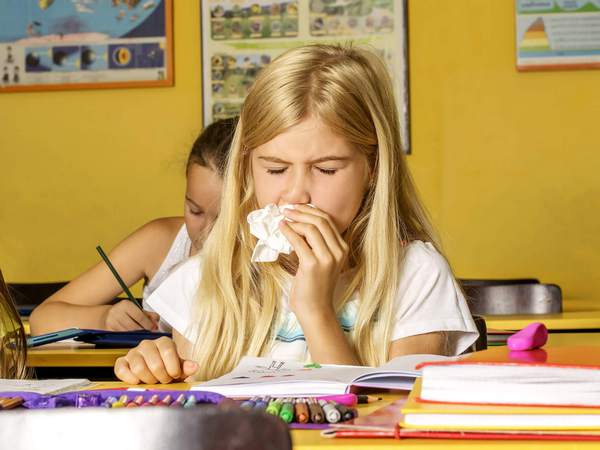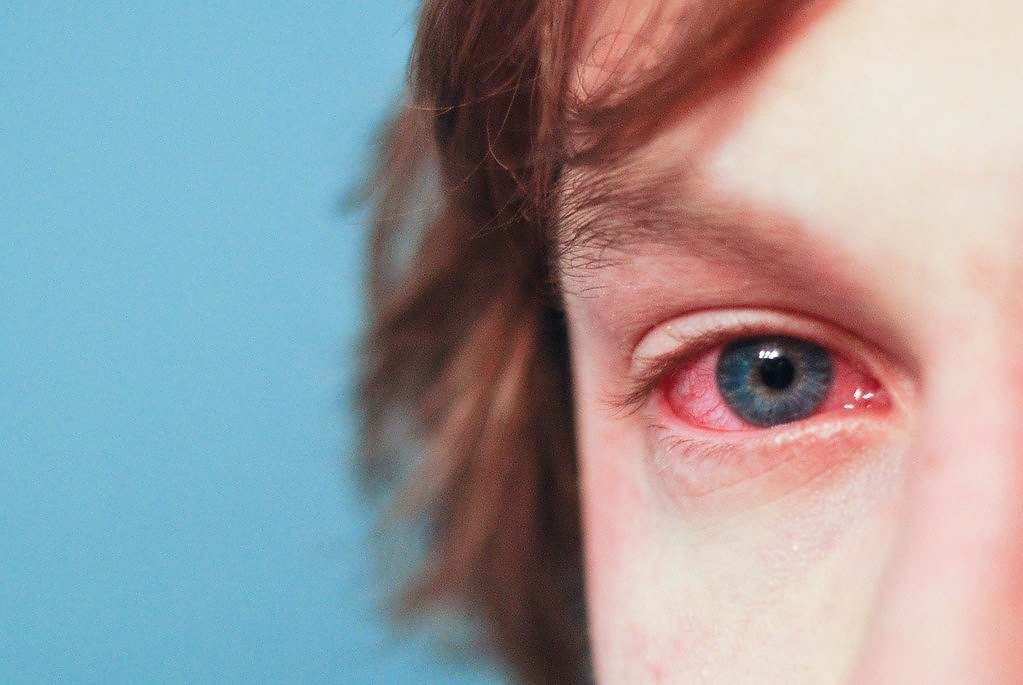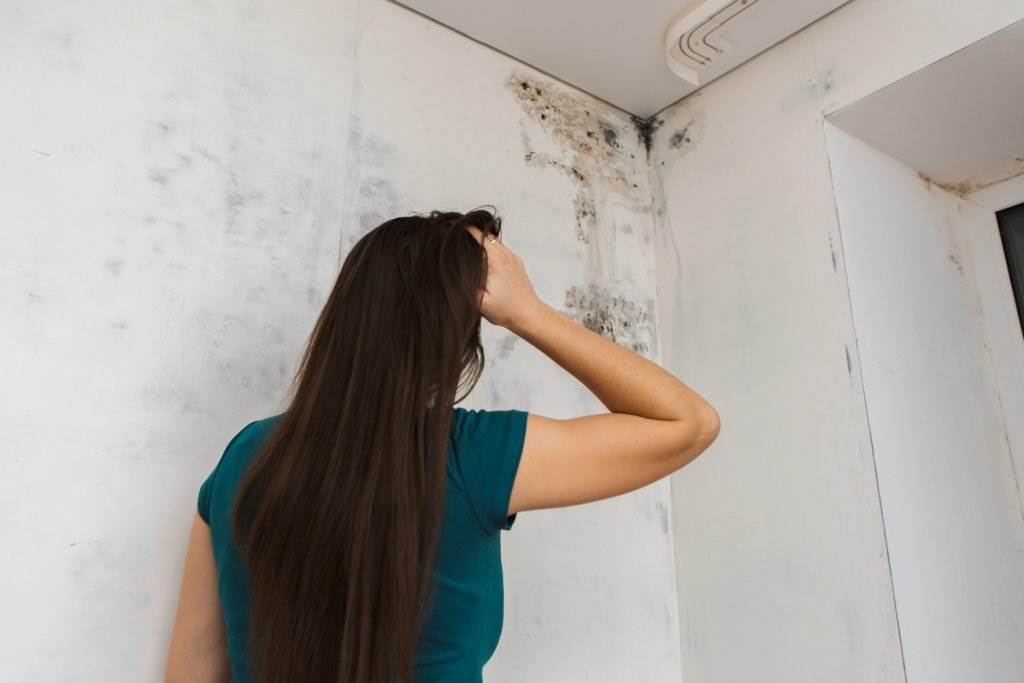
How to Remove Water Stains and Etch Marks from Marble
Waters spots on marble surfaces are a very common occurrence. Unfortunately their causes can be a large misconception between marble care owners which can lead to ineffective procedures to remove the spots. This article will clear these problems up and have you removing your water stains on marble in no time.
Water Stains on Marble: The Misconception
Marble water spots are defined as water deposits that built up on your marble surface. This occurs when water containing large amounts of mineral deposits, like calcium and magnesium (commonly called hard water), is allowed time to dry on your marble surface. After the water dries and evaporates it leaves behind these mineral deposits on your marble surface. Sometimes the water source may be underneath the tile, that the concrete underneath is saturated with water. As the water flows up through the concrete and the tile, it evaporates, leaving behind the mineral deposits.
Once these minerals have clung to your surface it makes it easier and easier for more hard water minerals to stick to your marble. Unfortunately this means that over time you can get some serious hard water build up. Even worse, if this hard water builds up near bar soap or soapy liquid, then soap scum can begin to form. Making your problem worse and worse with time. Once hard water is built up on your surface you will begin to see it has those characteristic dull water marks that you are so used to.
A big misconception occurs with “water spots” or “water rings” when marble owners misidentify a marble etch mark as a water mark.
Marble Etch Mark is a physical altercation of the marble surface caused when an acidic agent chemically reacts with the marble surface resulting in dissolving parts of the marble. Unfortunately, this etch marks look similar to water deposits because they show up as light dull spots or rings because the mark has exposed unpolished marble and therefore looks dull compared to its polished surroundings.
The problem is that etch marks and water deposits are two completely different kinds of marble surface “stains,” and therefore must be treated and removed with different procedures. For example, when you try to remove a etch mark using instructions for water mark removal, you are going to have no luck removing it and the result will only be frustration!
To identify these stains see the tips below, and don’t worry, misidentifying these marks is a very common mistake and the worst case scenario is that you try the removal methods for both etch marks and water marks, and when one method works then you will truly know your problem.
1. Marble etch marks commonly come in the shape of the object that delivered the acid agent or in small spots from a household cleaner. A very common example is a dull ring that is left from an acidic liquid that spilled from a glass cup.
2. An etch mark is a physical alteration of the marble surface. Once the etch mark is made, a small part of the top surface of the marble will be dissolved away leaving tiny indentions in the surface. Therefore, a lot of times the marks can be identified by rubbing your fingers over the mark. It will feel rough, and also feel like the spot protrudes slightly below the surface.
3. Water spots are actually mineral deposits on the surface. So they grow on top of the surface where an etch mark is a small indention in the surface.
4. Rub your fingers over the marble spot, if it feels raised off the surface then it is a hard water spot!
5. If these steps don’t help, use some steel wool #0000 and gently buff the top of the mark. If it begins to go away then it’s a water spot! The Marble Institute of America recommends the use of Steel wool to remove water spots!
6. We do not recommend taking your finger nail and scratching at the spot. This may help remove a water spot, but can also scratch the surface.
Now that you have identified what type of marble stain you have, let’s go through the process of how to remove each of them. Your marble will be looking awesome in no time!
*** IMPORTANT ***
Do not use basic household cleaners. In most cases the cleaner will contain acids or alkalis and will etch your marble, thus doing more harm than good. Products such as Simple Green are strong alkali products that will damage your marble. Read your label. If the product has any warnings, it is too aggressive and will damage your marble.
Do not use vinegar. Although vinegar is a highly recommended cleaning product for a lot of different household stains. However, it’s horrible for marble! Vinegar is an acid and will aggressively react with marble, creating dull white marks called etch marks on your marble. If you use vinegar to clean your marble, it will look much worse than it did when you started!
How to Remove Water Stains on Marble
Follow our easy marble water stain removal steps below.
#1 – Use a marble cleaner and clean towel
Water spots and hard water stains can usually be removed with a marble cleaner and a soft towel. Just apply the marble cleaner to the spot, and rub with a clean towel. For more information about cleaning with marble cleaners see this marble cleaning how to guide!
If you do not have a marble cleaner then you can make your own homemade marble cleaner. The Marble Institute of America recommends cleaning with a mild detergent and water if you do not have a marble cleaner. We do not recommend using this cleaner forever, but temporarily is not a bad option!
#2 – Our second method of removal is to use a fine steel wool grade #0000.
Dry the surface around the water stain, then very gently rub in a circular pattern over the stain until the stain buffs out of the marble.
In most cases these two methods should be sufficient to remove the water stains. However, as we mentioned above, it is possible that soap scum could have built up on your surface around, or on top of your hard water stains. In this case we recommend using a marble cleaner that is specifically designed to remove soap scum. It is the safest and easiest method of removal! Check out the below video, which details the process of removing soap scum and hard water stains! For more information, check out this article on soap scum removal.
The process described in the above video is really pretty simple. Just add a marble cleaner that is designed for soap scum removal to a clean towel. Then rub the surface with towel until the soap scum is removed.
If you have not cleaned your marble surface in a while, then it is possible that the soap scum has built up enough to become a pretty stubborn stain. In this case, feel free to use a soft bristle brush and slowly rub the stain with the soap scum remover in a nice circular motion.
After the stain has been removed, apply a marble cleaner to the surface and re-clean the surface with another clean towel to deliver a nice streak free shine!
